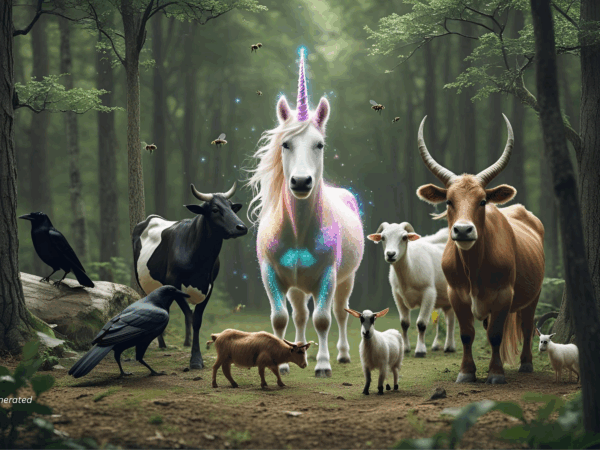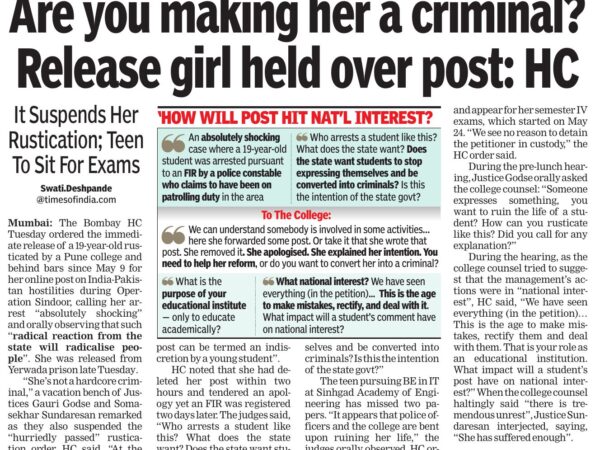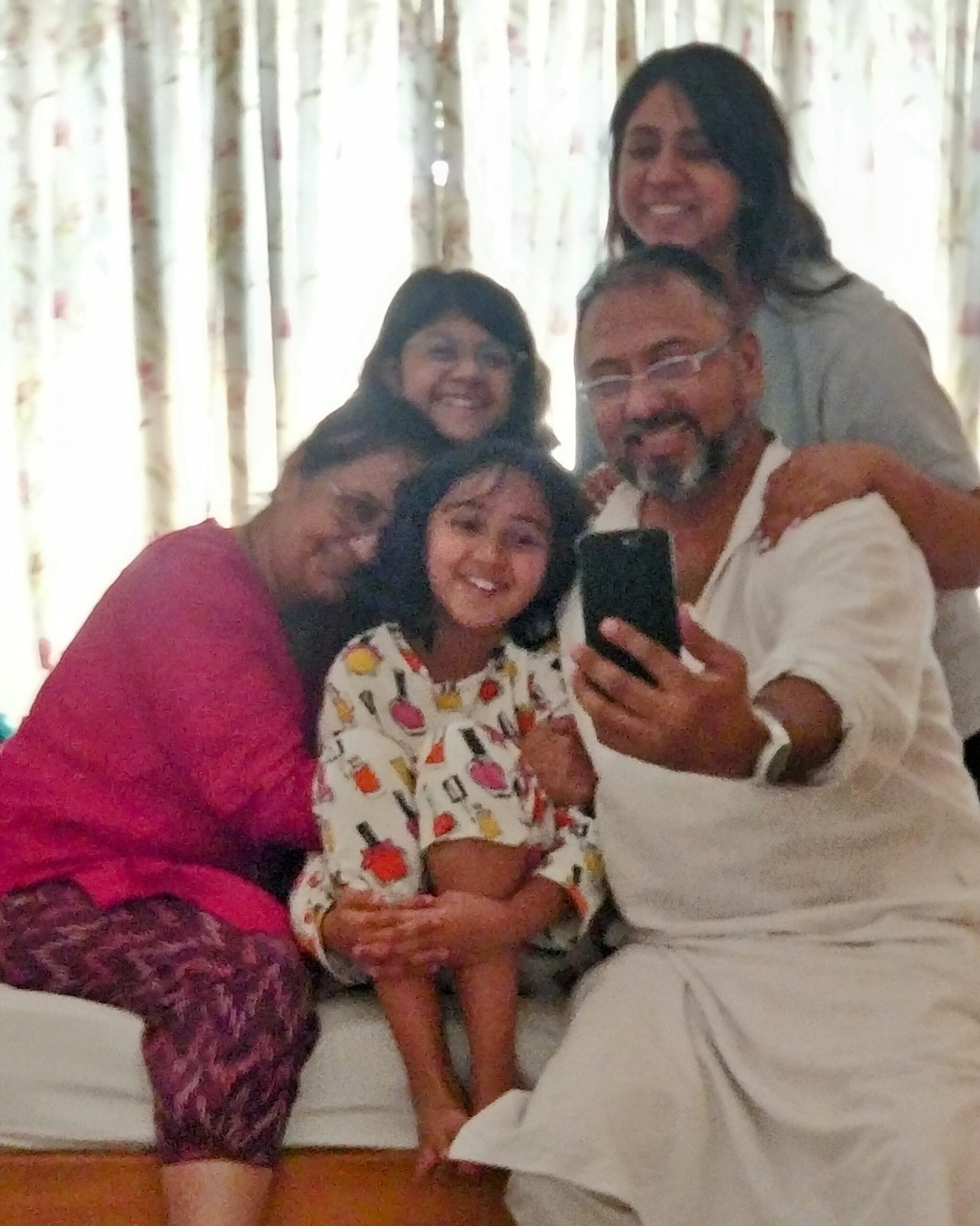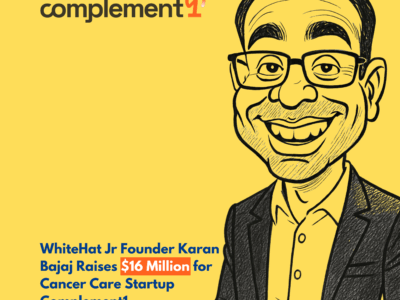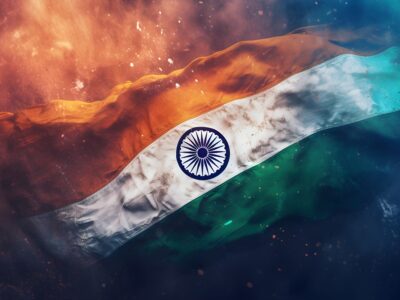
A simple question for regular Dunzo users:
When did you realise Dunzo was dead?
The likely answer?
Much after it actually died.
You opened the app. Tried to book a rider.
No one available.
So, you switched to Swiggy or Porter.
Just for that one time.
A few days later, you tried Dunzo again.
Still no riders.
Switched again. Just for that time.
After several tries, you gave up.
You started using a competitor.
Only later, when you read the news, did you realise Dunzo had been dead for a while.
That app on your phone? A corpse.
Next question: What did you do then?
Likely answer:
Uninstalled Dunzo.
Started using Porter or some other app.
Forgot about it.
You didn’t bat an eyelid.
You didn’t cry.
You didn’t rant on social media.
You didn’t grieve.
You didn’t long for it.
Here’s the truth.
This is how it works for almost any gig-based service you use.
Swiggy down? Switch to Zomato.
No Ola nearby? Call an Uber.
Better deal on Flipkart? Amazon can wait.
Blinkit or Zepto? Doesn’t matter.
You don’t care.
Online GigTech brands are commodities.
The only difference between them is the app icon and the logo on the delivery agent’s tee.
You don’t care who delivers your Coke.
Or how cutesy their notifications are.
You care about one thing: the outcome.
Whoever delivers it wins.
Simple.
Now, is it the same with physical goods and services?
Not at all.
If I can’t find a Thums Up, do I settle for any sugary black fizzy drink?
Rarely. And only if I’m desperate.
Ditto Cadbury. Apple. Royal Enfield. Brooks Brothers. Old Monk. Sony. Breitling.
Ditto Firozbhai Shaikh (my hairdresser).
Or Ayodhyabai Mane (my house help).
Or Douglas Adams (my favourite writer).
Or Malaka Spice (the best South East Asian food in Pune).
Or Air India.
Or Oberoi Hotels.
The difference?
For these, I wait.
If Firozbhai is unavailable, I’ll wait days to get my haircut.
I even pay more. Upto a point. But I go the extra mile. For my brand.
I don’t do that for Zomato. Or Uber.
I care about Sloppy Seigneur’s burgers, not the faceless guy delivering them.
I care about getting to office, not who’s driving me.
Or the colour of their tee.
So, what’s my point? Two things.
One: Tech brands in the gig economy are worthless.
Their brands have value only while they deliver service exactly at par with competitors.
In proportion to their valuation, they own no real assets, no inventory, employ no one, buy nothing, sell nothing, and their impatient customers switch in an instant.
Dunzo, once worth $800M, backed by Google, Reliance, and Lightbox, is dead.
75,000 stores. 2 million orders a month. 11,000 riders.
And yet, no mourners.
Customers moved on.
Riders swapped tees and joined competitors.
Vendors sold to whoever came next.
Instantly.
Zomato is getting into dark kitchens.
It will have assets. Employees.
Customers who will want only their food.
But then Zomato won’t be a food discovery app.
It will be a restaurant chain.
And will be valued as such.
Ditto Ola getting into electric scooters.
Ola won’t be a ride hailing app.
It will then be a 2-wheeler company.
With assets. Employees. Products.
With a real value.
The brand value of gig economy tech companies remains zero.
Unless they become non-gig economy companies.
But wait, you’ll say.
There’s another measure of brand value:
How expensive is it to replace?
This works only when there’s differentiation in the market.
Zomato and Swiggy. Uber and Ola. Porter and Dunzo.
Their offerings are so similar that in a blind ‘tasting’, they’ll all fail.
Even with their most loyal customers.
This has been proven again and again.
Customers shift between their apps seamlessly.
No regret. No second thoughts.
So, the idea that “Zomato’s brand valuation is what it will cost to replace it” is a cop-out.
The truth?
Nothing. Zero. It is worthless.
Because Swiggy already exists.
No one will miss Zomato if it vanishes from the face of the Earth.
Two: Brand loyalty has a better measure (or at least I discovered it late):
How much hardship are you willing to endure for it?
How much are you willing to wait?
How thirsty do I have to be to accept a Pepsi?
How bad must Royal Enfield get for me to consider a KTM?
How hungry should I be to try an Amul Chocolate?
How long would I wait for Firozbhai before switching hairdressers?
How expensive can Air India become for me to book on British Airways?
How far do I have to be from Koregaon Park to give someone else a chance at a Pork Bao?
Now, that is loyalty.
The rest is just noise.
Amplified by very expensive speakers.
Rented with someone else’s money.
So, the final question for the gig economy tech brands.
How much hardship will your customers endure for you?
None.
How much more money are they willing to shell out?
Zero.
And that, my friend, is your brand value right there.


